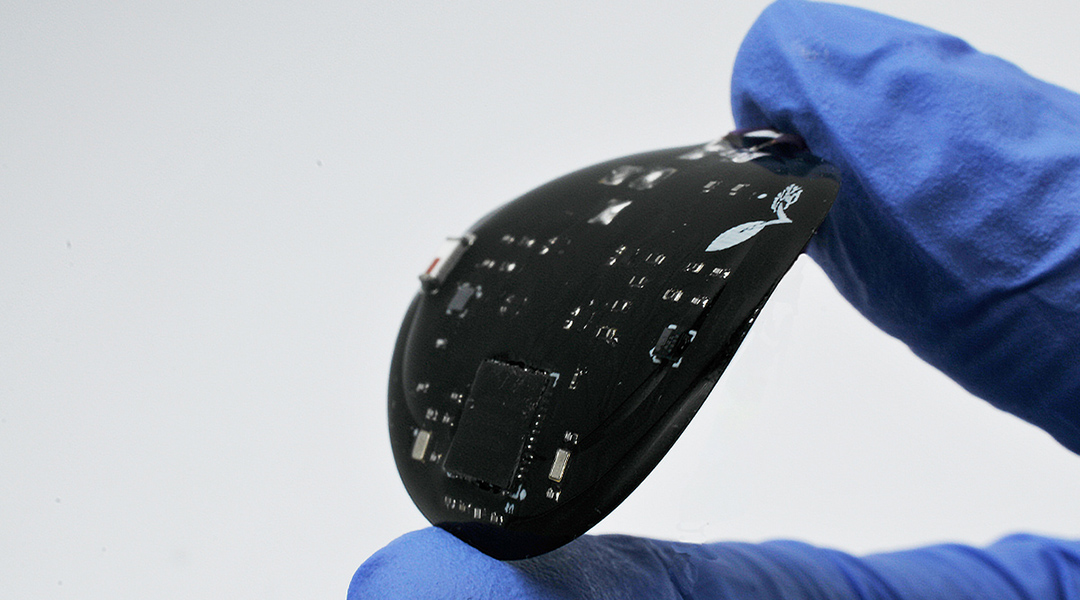An acid sensitive hydrogel makes it possible to detect dangerous leaks before they cause damage.


An acid sensitive hydrogel makes it possible to detect dangerous leaks before they cause damage.

A partially edible robot based on a fully edible sensor addresses the burden of electronic waste while simultaneously acting as a nutrition source.

Cutting-edge smart packaging uses a color-changing sensor to detect food spoilage, revolutionizing quality control and safety in the food industry.

A new fire-warning technology integrated into children’s clothing can be linked up to a mobile device for early detection and proactive safety measures.

Recreating the bead-like structure of seal whiskers grants scientists insight into new underwater technologies.

A uniquely sensitive, stretchable pressure sensor for prosthetics, soft robotics, and human-machine interfaces.

With the help of machine learning, a skin-like sensor internalizes different stimuli, allowing it to read and interpret hand movement.

A team led by Wubin Bai developed a novel wearable sensor patch that provides a safe, real-time, less invasive and low-cost way to track a patient’s recovery.

A new smart pillowcase not only tracks sleep but is powered by head movement, providing a more accurate means of monitoring sleep cycles.

The new sensors reliably and uniformly detected molecular signals, and their performance remained intact when tested again after two and a half months.